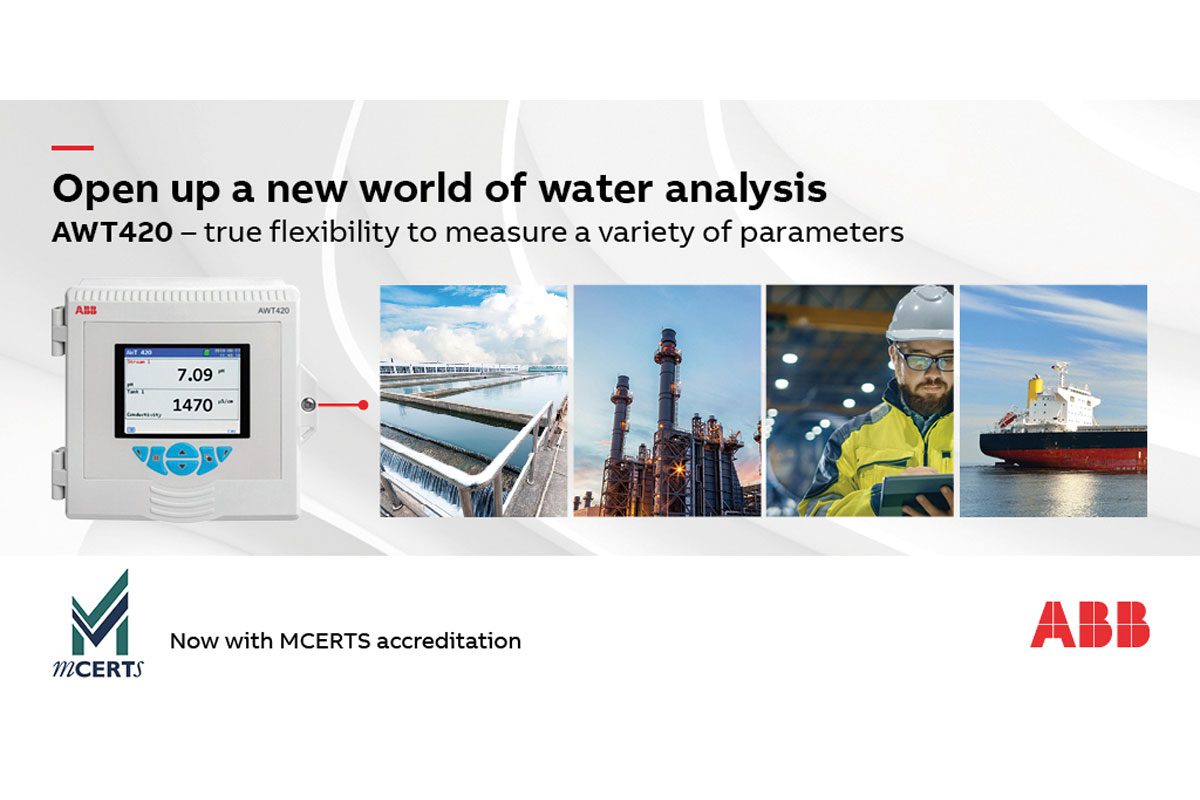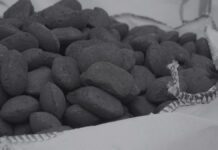ABB’s AWT420 Transmitter as well as the 100GP and 500 Pro pH sensors now join the WaterMaster Electromagnetic flowmeter and AST430 TSS sensor with MCERTS accreditation.
MCERTS accreditation relieves the pressure for water quality measurement of effluent discharge.
Increasingly strict legislation is focusing attention on the quality of discharged effluent, placing added emphasis on the effective management and control of wastewater.
Continuous Water Analysis (CWA) systems are the best way to meet these demands as they give highly accurate, up-to-the-minute information on process conditions. Under the UK’s Environmental Permitting Regulations or EPR, all industrial companies discharging 50m3 or more effluent per day to a watercourse or the sea must self-monitor their effluent flows. In the final discharge from a water utility’s treatment plant or industrial site, some of the main parameters to monitor or control are ammonia, temperature, phosphate, pH, flow and turbidity/suspended solids.
It was nearly 40 years ago that the Air Framework Directive (AFD) first introduced BATNEEC (best available techniques not entailing excessive costs) for air emissions from major industrial polluters. First introduced just before the turn of the new millennium, the MCERTS scheme was designed to introduce a unified standard for the measurement and reporting of environmental data from industrial and utilities sites.
The self-monitoring obligation requires operators to comply with the Environment Agency’s MCERTS certification scheme. Under this scheme, companies should be able to demonstrate to the satisfaction of a qualified MCERTS inspector that they are using the best available technique (BAT).
ABB’s AWT420 Transmitter as well as the 100GP and 500 Pro pH sensors recently achieved MCERTs accreditation joining ABB’s WaterMaster Electromagnetic flowmeter and AST430 TSS sensor.







